2025 | Review of the Year
With major project launches, award wins, and substantial construction progress across international markets,…
14 Dec 2025
Experience Loading
Suggestions: architecture engineering design
Words by BSBG Media Team, Wednesday 18 January 2023
As architects, the pursuit of new technology, solutions and methodologies which answer the needs of modern living is a constant. During 2022 in particular, new advancements that show transformative potential were introduced to the mainstream, after years of development. And while there is still some distance to go to unlock the value in terms of valid design contributions from some of the technological developments witnessed during the last 12 months, there is much to be enthusiastic about as we begin 2023.
In addition to technological advancement, architectural trends respond primarily to human-centric requirements, and in 2023 we expect to see a drive to find ways of maximising space, while providing cheaper building and operating costs – all with sustainability as the focal point.
In our five architectural trends for 2023, we explore five initiatives and ideas that we predict will be at the forefront of the industry over the course of the next 12 months.
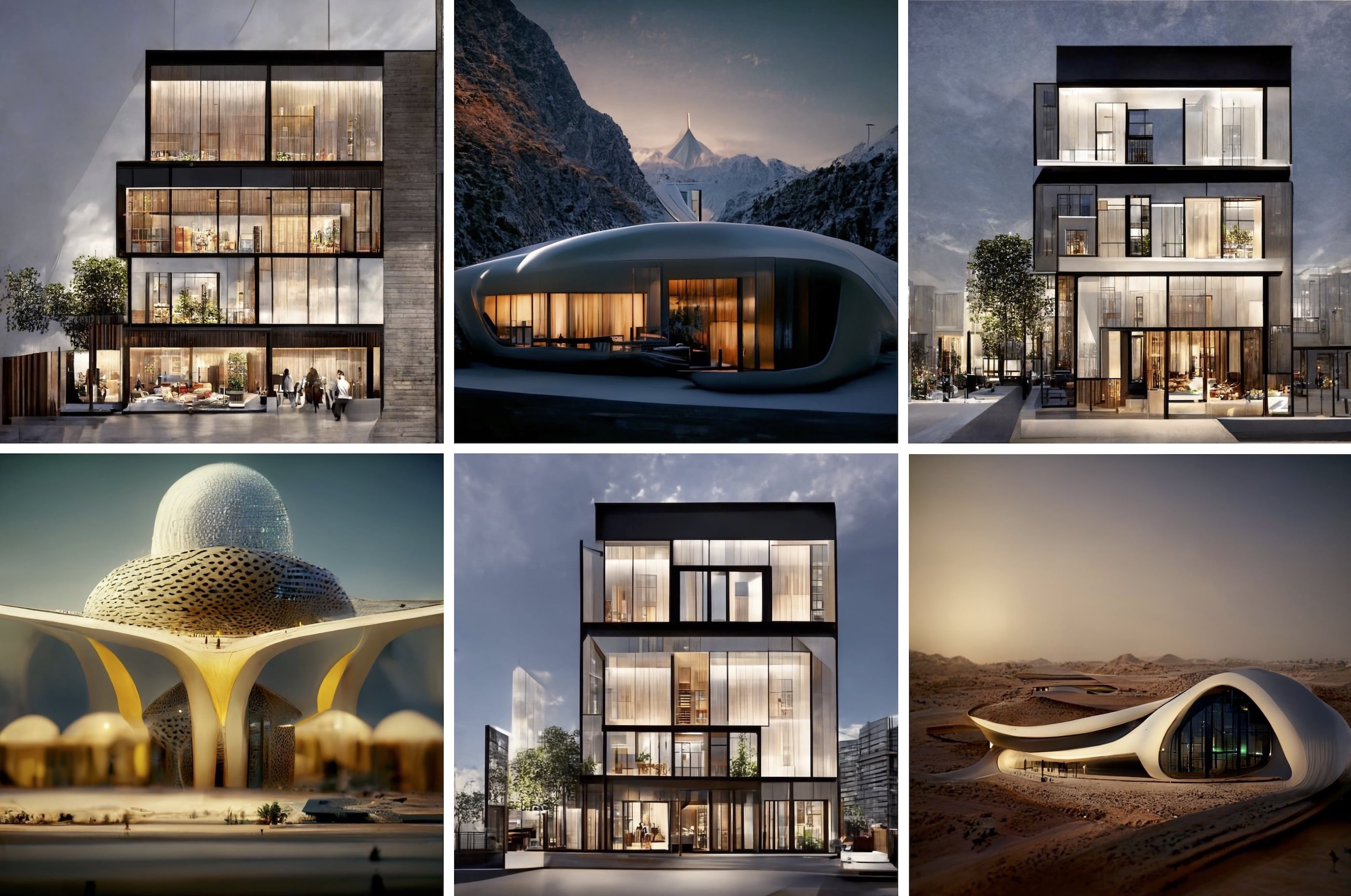
During 2022, architects began exploring ways in which the integration of Artificial Intelligence (AI) and Machine Learning (ML) could improve existing workflows as a means to supplement the process of design.
AI text-to-image visualisation tools such as Midjourney, Stable Diffusion and DALL.E 2 trended heavily in 2022, as architects shared futuristic visualisations created with just a few instructions fed into the software. Some were quite remarkable visually, however Group Design Director Michael Lewis, who trialled Midjourney throughout the year, explains that these tools should only be viewed as means to inspire ideas, rather than provide viable design proposals.
“Many are surmising that AI visualisation is the next revolution for architects,” he says. “I think it symbolises more of an evolution. I love to see new digital design tools, and AI certainly has its uses for ideation and storytelling, but translation to reality is the really clever part.”
He continues: “I gave the AI something realistic to think about: a small commercial building, I fed it a reference design image and some text rules, and it came back with something semi-useful. It’s still just art imitating architecture, but it shows some promise on the future of this technology, and where it can help to express ideas. It does not take much imagination to understand that if the ‘rules of design’ could be fed into the AI, meaningful design iteration can be achieved. What we do know is that the AI can’t pick a meaningful design solution, yet…”
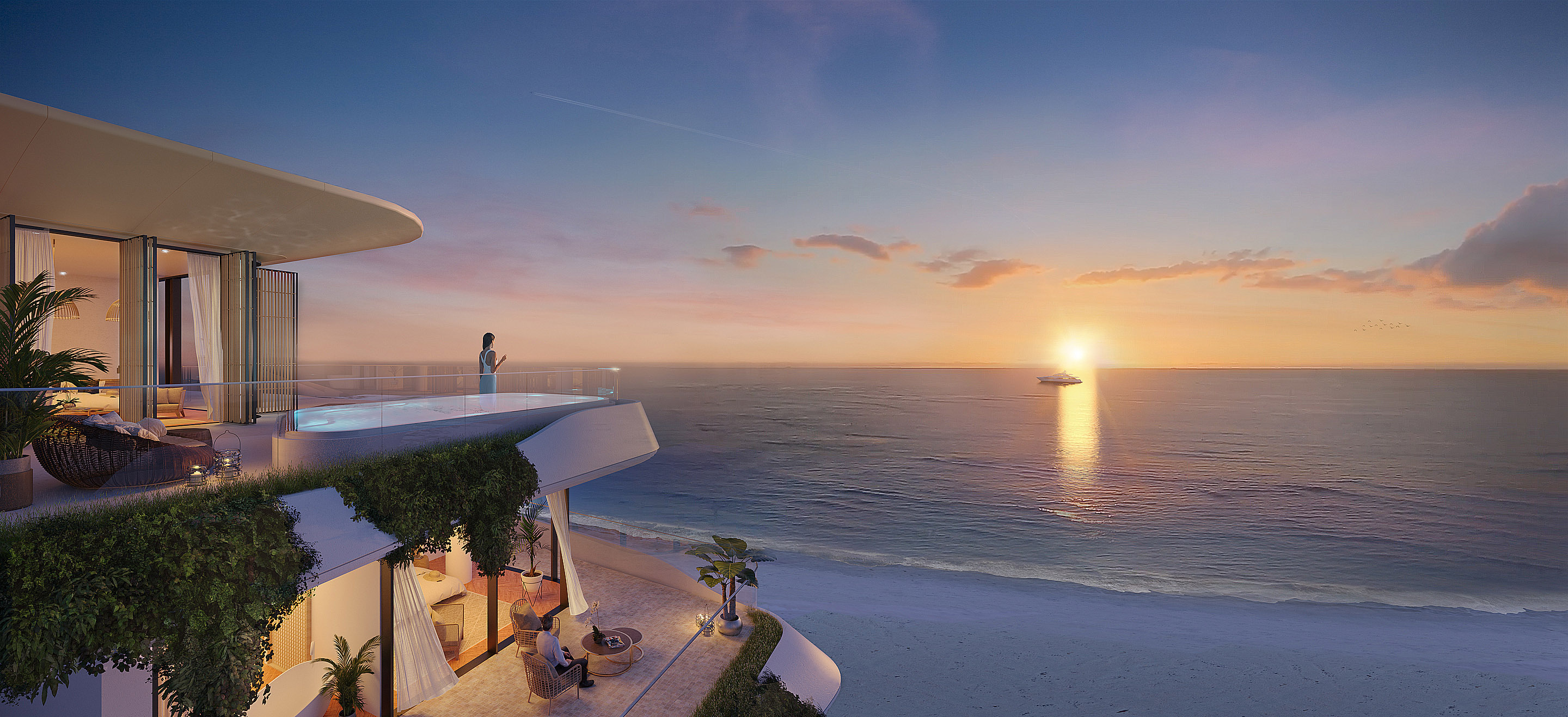
Biophilic design involves incorporating natural elements into the built environment, with positive impact on human well-being, and to the benefit of both human and planet health. For some time now, biophilic design, the like of which BSBG executed on SHA Emirates, which predominantly seeks to bring the outside inside through the use of plants and natural materials/elements within interior spaces, has remained a popular approach to interior design. But now, biophilic urbanism is uncovering new perspectives for the way in which natural systems can be integrated externally into the fabric of our cities, providing numerous economic, environmental and social benefits and functions.
High-rise cities, while proven to be most effective in accommodating growing populations within single cities, are unfortunately no friend of mother nature. Biodiversity has declined at a staggering rate with the increase of high-density cities, but a global commitment to reverse this trend would have far-reaching positive effects on the planet, including, according to research, the improvement of air quality, the protecting of vital ecosystems, and the potential to stabilise extreme temperatures.
“I believe there is a growing understanding among city planners of the vital contribution of nature in urban environments,” Michael says. “In terms of human impact, contact with nature is proven to aid mood and self-esteem, reduce stress and enhance cognitive skills and energy levels, as well as the quality of air we breathe.
“We must strive harder to celebrate nature in all its forms throughout our cities, and embrace nature as a central element of urban existence.”
The Biophilic Cities Network, an organisation which facilitates a global network of partner cities working collectively to pursue the vision of a natureful city, boasts some of the world’s greatest cities as partners, leading the way in biophilic urbanism. These include Austin, San Francisco, Washington DC, Toronto, Singapore, Barcelona and Edinburgh. It’s likely more cities will see membership of this exclusive club as an objective of paramount importance in 2023.
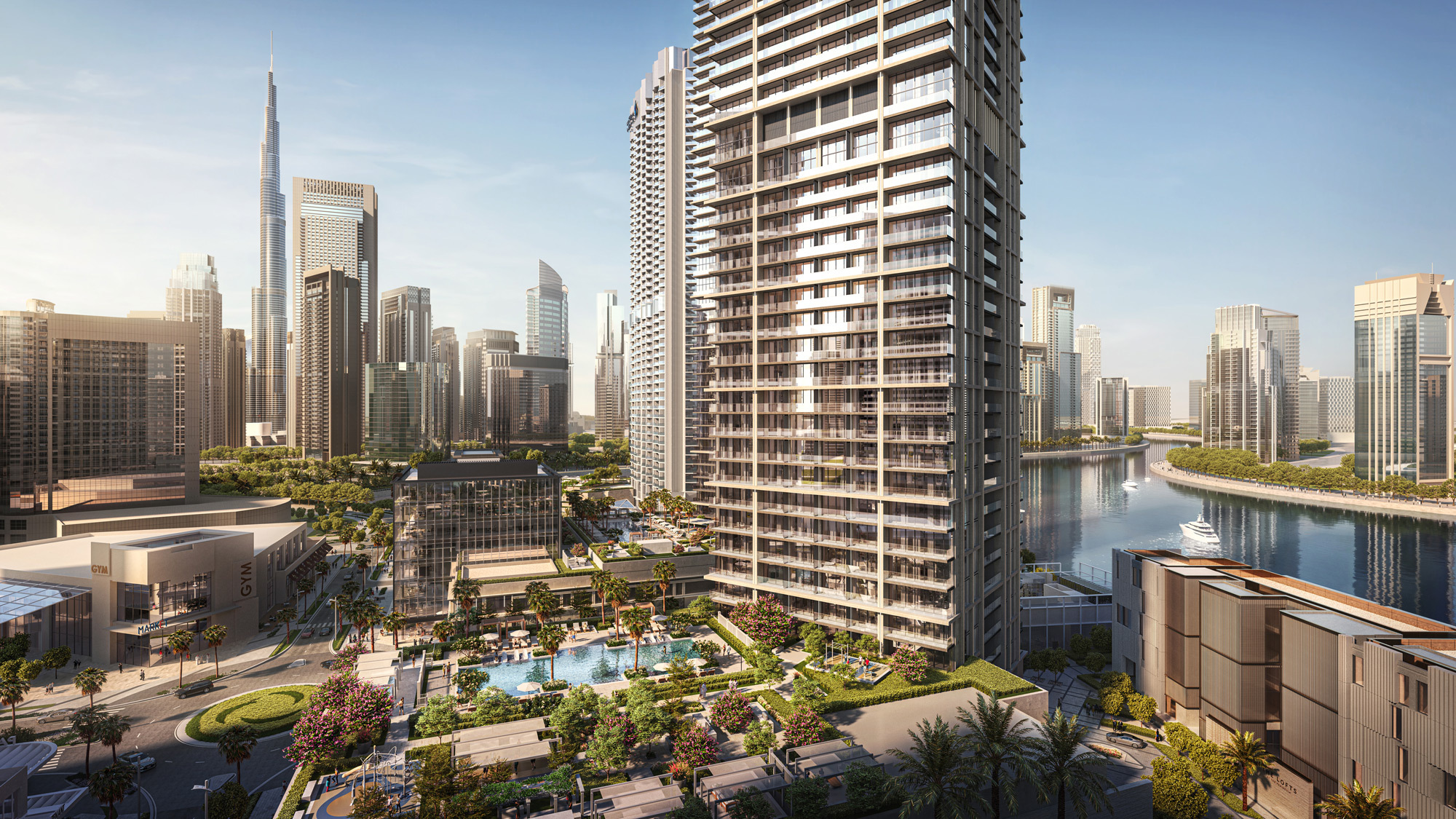
Continued urbanisation is driving the development of more and more mixed-use buildings, combining residential, commercial, retail and recreational components within a single structure. This strategy permits higher densities and contributes to the development of more lively and liveable communities.
During the last market cycle, mixed-use developments gained popularity and a convincing story of outperformance began to take shape. In contrast to standalone buildings in the same market, mixed-use properties have been found to benefit from expedited lease-up times and rental yields.
According to research conducted by JLL, office rents in mixed-use developments are typically 24.7 percent more than those in the same submarket. As a result, mixed-use projects are becoming more commonplace, with many large-scale developments either already under construction or scheduled to start this year, including the BSBG-designed Peninsula Four, The Plaza, for developer Select Group. “The key to any mixed-use project is execution, and integration with the urban fabric,” Michael explains. “Mixed-use projects can sometimes focus too much on a corporate aesthetic and come off feeling cold and sterile. We consider it vital to focus on community rather than corporate, and to create a sense of place while designing a mixed-use asset. It’s the authenticity of the development that will dictate its longevity.”
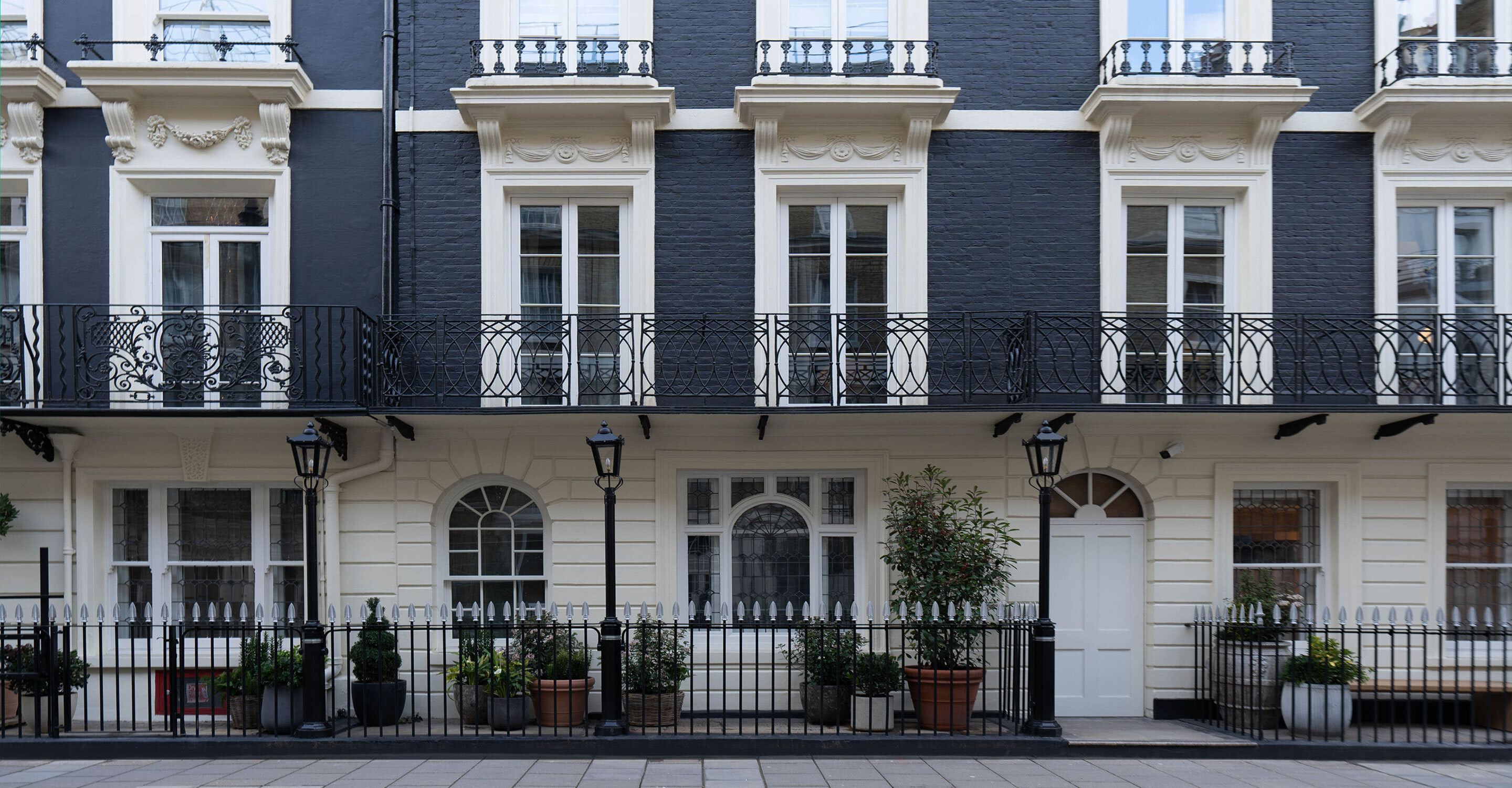
Featuring in last year’s trends, the trend for adaptive re-use shows no signs of abating in 2023. Driven in part by continued concerns about the environmental impact of construction, the adaptive re-use of existing structures involves repurposing and renovating existing, often dilapidated or disused buildings. BSBG’s work on London projects such as The Mayfair Townhouse and Nobu Hotel London Portman Square are examples of buildings of this nature, which were rescued and revitalised for modern use.
One of the unfortunate fallouts from the pandemic led to many businesses either down-sizing or even closing for good, which has triggered an increasing trend for diversifying and repurposing existing architecture.
The process of upcycling building structures and materials to create new functions for retail or residential use offers multiple sustainable benefits, including energy conservation and reducing carbon emissions. Michael says: “We continue to work on the design and delivery of adaptive re-use developments in the studio; this is a trend I expect to gather momentum in 2023 as completed projects provide real-world case studies which exemplify the benefits to developers from a financial, risk, and most importantly a conservation perspective.”
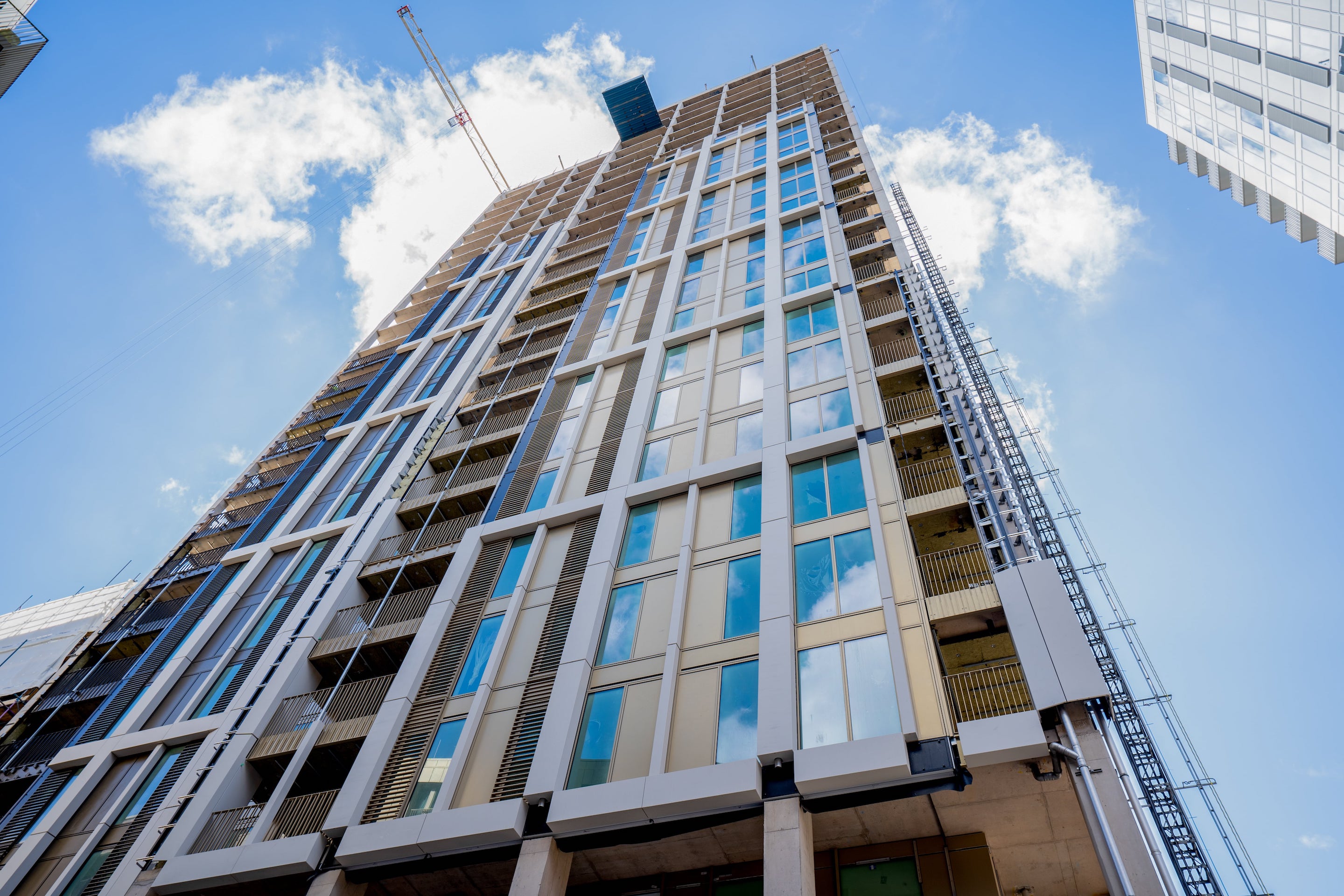
Advancements in smart materials continue to open up a multitude of design possibilities for architects. The incorporation of smart materials has a transformative effect on buildings in terms of efficiency and sustainability, as well as adaptability to needs of the end-user. “These are effectively interactive materials, such as smart glass for example, which respond to changes in the environment – such as temperature and UV radiation, and changes its form to allow or prevent sunlight entering depending on the requirements,” Michael says. “What is staggering is the speed of development. The science of smart materials as an industry is perhaps one of the most exciting disciplines, and we are currently witnessing the constant introduction of new, impactful material adaptations, which I’m sure will become essential to architecture and design in the near-term.
“MEP Engineers can no longer make energy calculations with the assumption that the occupier will apply curtains or blinds internally for windows. Therefore, heat gain needs to be controlled using more advanced technologies. This could be blinds integral to the glazing, or brise solei solutions, similar to those we have executed on Silk District Phase 2 in London.
“With the escalating crisis of climate control and fuel prices, we need to start making our buildings work for us. Natural Carbon Zero solutions are the obvious focus. We have recently been investigating Solar Glazing that can be used on windows. They contain a clear substance sandwiched between the panes of glass. This is the solar panel, however the glass is completely clear in appearance. We are in discussions with different clients on utilising this technology for current projects.”
With major project launches, award wins, and substantial construction progress across international markets,…
14 Dec 2025Flexible design relates to a building or a space crafted with a base build that can be repurposed, within…
02 Oct 2025Brewer Smith Brewer Group (BSBG) has announced its multiple roles in the delivery of The St. Regis Residences…
25 Sep 2025For better web experience, please use the website in portrait mode